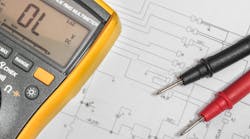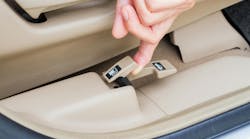In the 1980s, when I brought my toolbox home for good, a 10-year-old car was considered close to the end of its life. Today, according to a report from Lang Marketing, the average age of a vehicle in the U.S. fleet is 12.5 years. The same report points out that the average age has been steadily increasing over the past decade. As cars become more reliable, and as economic pressure prompts people to hold on to them longer, this trend is expected to continue. With about 248 million vehicles registered, imagine the number of 20-year-old cars on the road today.
Having this many old cars on the road means many things to your business, but let’s focus on just two of them.
It’s always been a major challenge to both dealer and aftermarket techs to keep up with changing technology. Today, those changes are coming a lot faster, and they’re more radical too, not only in vehicles but also in tools. The aftermarket has always been quick to improvise tools and techniques that mimic or even improve upon the OEM tools, but sometimes there’s just no substitute for a factory scan tool. In fact, for any shop that expects to be in business just five years from now, the days of getting along without at least one factory scan tool are definitely numbered.
However, as the fleet continues to age, that same shop will still need today’s tools and techniques ten years from now. They may not be changing head gaskets or rebuilding 20-year-old transmissions, but it’s reasonable to think they’ll see an ’01 Civic that needs a timing belt or a master cylinder, and maybe some emissions repairs too.
Some things will remain constant even as technology changes. Hybrids and electric vehicles will still need tires, suspension and brake work, A/C repair, fluid services and many other repairs that are almost as old as the industry itself. And even though diagnostic tools are becoming more important and sophisticated, people who bought a Tech II way back when may still find it useful ten years from now.
So old tools and techniques, and “legacy” service information, will still be needed in the future. That’s the kind of thing that can make old techs seem like wizards.


